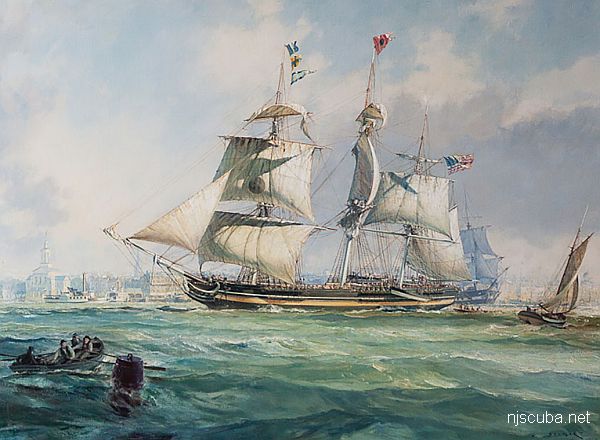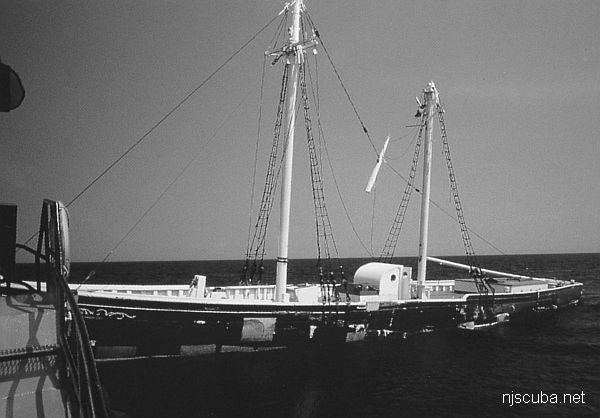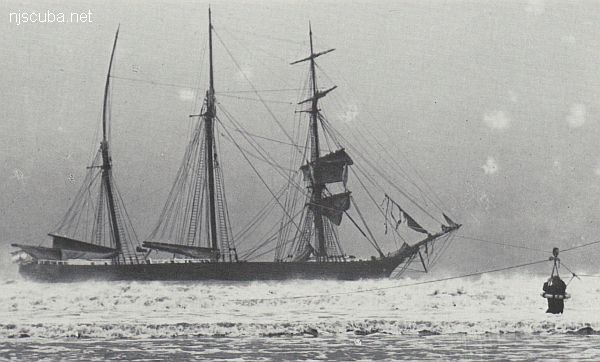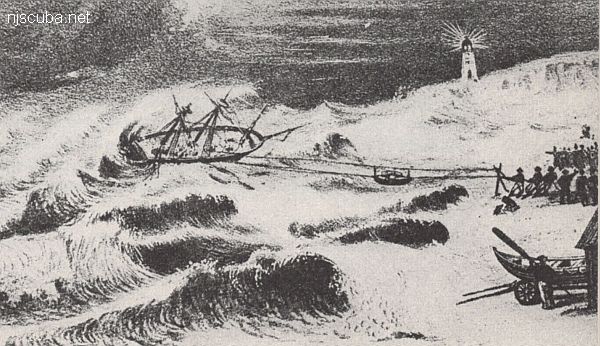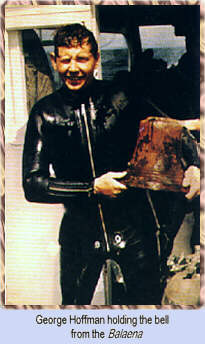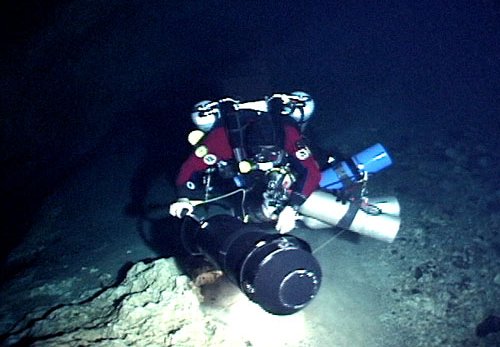- Type:
- shipwreck, sailing ship, Italy
- Specs:
- 566 tons
- Sunk:
- March 4, 1881; ran aground in storm - 1 survivor
- Depth:
- 25 ft
Also known as the Italian Wreck, the Ajace was sunk at 4:00 AM on March 4, 1881. At the time, she was carrying a small cargo of scrap railroad iron and 2,040 empty petroleum barrels. While bound for New York from Belgium, the Ajace was caught in one of the worst storms of the year and ran aground off Rockaway beach. Many sources report that Captain F. Morice, seeing that all hope was lost, opened his private supply of brandy and shared it with his crew. Soon after, the crew became badly beaten from the pounding of the waves and drunk from the brandy.
More: Ajace ...

